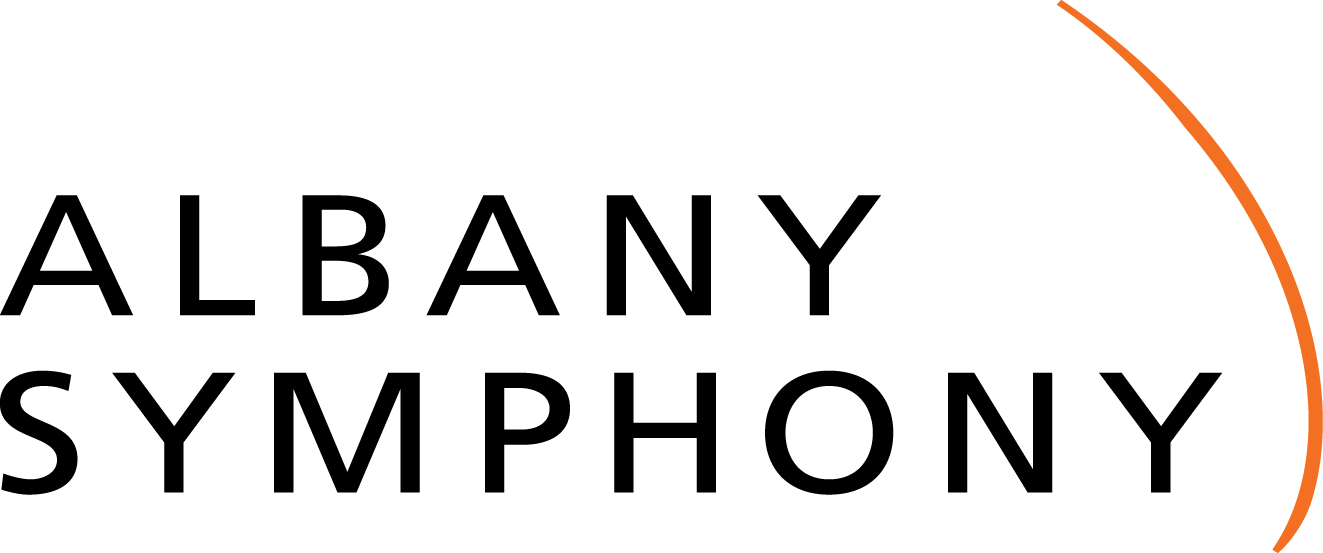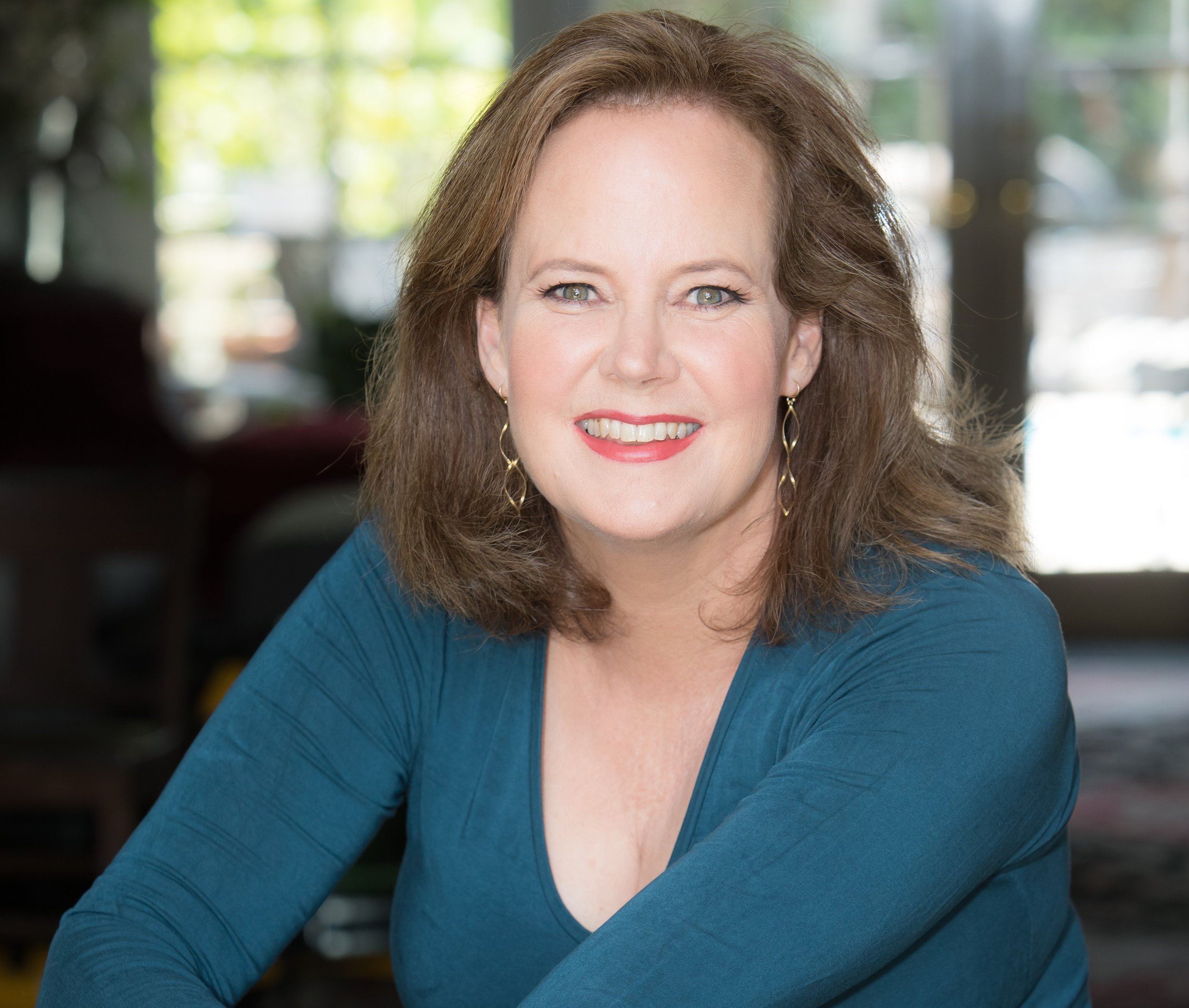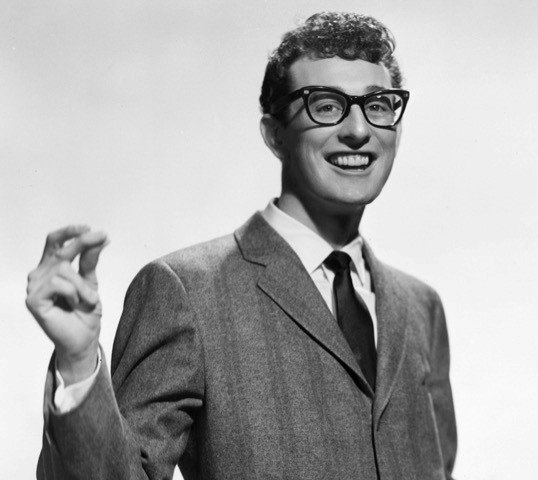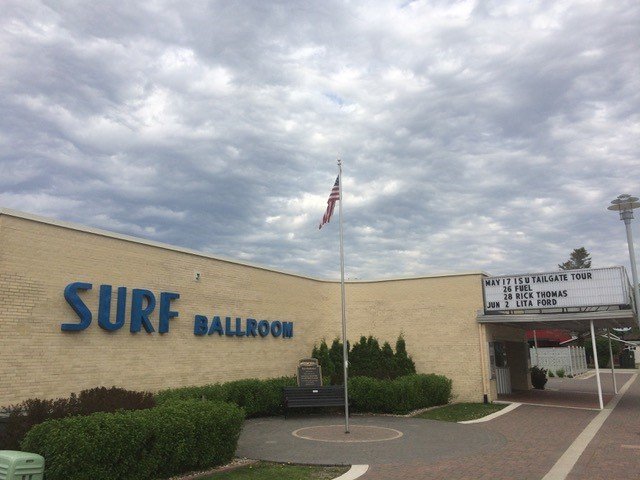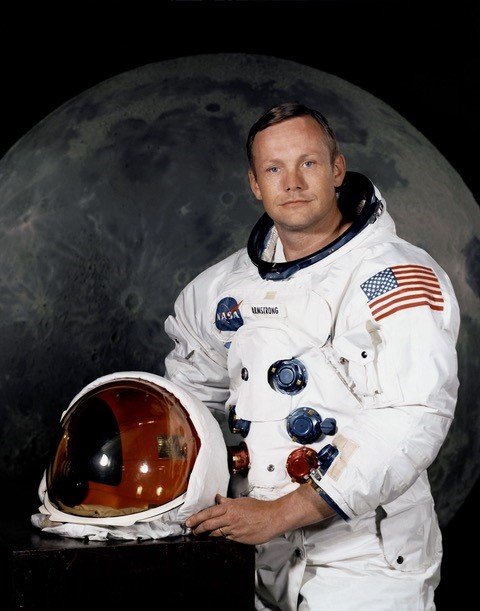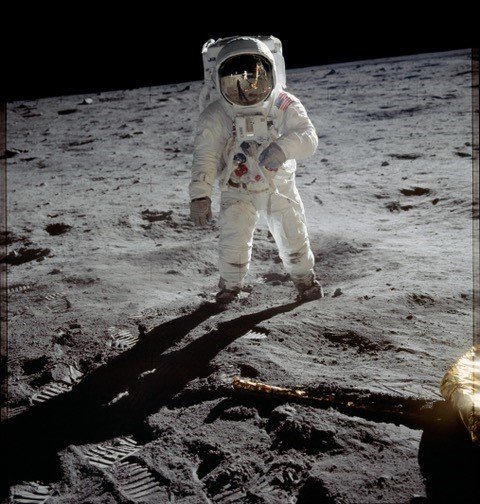David Alan Miller, conductor
Elissa Johnston, soprano
Johann Strauss Jr.: The Blue Danube Waltzes
Michael Daugherty: Last Dance at the Surf · To the New World
Pyotr Ilyich Tchaikovsky: Symphony No. 3, “Polish”
Last Dance at the Surf by Michael Daugherty
“One of my favorite road trips in Iowa is a drive to the majestic Surf Ballroom, located in the small resort town of Clear Lake, around 140 miles northwest of Cedar Rapids, my boyhood hometown. Opening in 1934, many of America’s most famous swing, jazz and rock 'n' roll bands have performed at ‘The Surf’ for generations of music lovers, dancing the night away on the immense hardwood floor.
The Surf is also remembered as the place where young rock 'n' roll stars Buddy Holly, Ritchie Valens and The Big Bopper gave their last performances of the Winter Dance Party tour on the evening of February 2, 1959. They died hours later in a charter plane crash caused by severe winter weather. This tragedy is often referred to as ‘the day the music died.’ But did it really?
In memory of the three rock 'n' roll legends who perished in February 1959, and in celebration of the Surf Ballroom being declared a National Historic Landmark in January 2021, I have composed a one-movement dance symphony entitled Last Dance at the Surf.
My dance symphony starts with woodblocks and pizzicato strings, playing a five-note rhythmic groove reminiscent of a Buddy Holly guitar riff. This groove is repeated in various transformations throughout the composition and provides counterpoint to the main theme, a syncopated ascending melody played in unison by the woodwinds. The main theme goes through elaborate rhythmic and timbral developments, followed by a rousing ‘rockabilly’ section.
A second lyrical theme is introduced as a slow dance, with cantabile muted trumpets, woodwinds and violins swooning over hushed lower strings and trombones. The opening theme abruptly returns in a high-energy fugue ‘goin’ faster than a roller coaster’ and then dramatically transforms into a majestic chorale in slow motion. A solo horn cadenza transitions into a final slow dance, kaleidoscopically unraveling the main theme through elaborate counterpoint, punctuated by the sound of sleigh bells.
The first coda is a recapitulation of all the previous themes, unfolding with great fanfare but interrupted by foreboding minor chords, a premonition that destiny is just around the corner. A slow, wistful second coda announces that the last dance has begun. Three final chords resonate: although the dance is over, the music and memories of the Surf Ballroom live on.”
To the New World by Michael Daugherty
On September 12, 1962, President John F. Kennedy’s famous speech, “We choose to go the Moon!” launched America’s race to become the first country to land a human on the Moon. On July 16, 1969, a massive Saturn V rocket propelled the crew of Apollo 11—Neil Armstrong, Buzz Aldrin and Michael Collin—from the Kennedy Space Center in Florida into outer space. Like the rocket, which separated in three stages after lift-off, and the spacecraft, which was divided into three modules, my 22-minute composition is in three movements:
In the first movement Moonrise, I create music which evokes the sense of awe and trepidation that the Apollo 11 astronauts might have felt as they traveled to the new world. Neil Armstrong, the commander of the Apollo 11 mission crew, played euphonium during his college days and was a lifelong music enthusiast. For his historic trip to the Moon, Armstrong brought along cassette tape recordings of his favorite music, including Antonin Dvorak’s Ninth Symphony (1895), subtitled “From the New World”. In a tip of the hat to Neil Armstrong, I interweave musical fragments and chords from the second movement of Dvorak’s Ninth Symphony and add a solo euphonium to the brass section. I also intertwine ominous, dissonant cluster chords and atonal punctuations into the musical fabric to remind us of the dangers ahead and uncertainties of this perilous mission.
On July 20, with only 25 seconds of fuel left, Neil Armstrong landed the “Eagle” lunar module on the Moon’s surface, in an area known as the “Sea of Tranquility.”
The second movement, One Small Step, is inspired by his memorable words, beamed back to Earth as he became the first human to walk on the surface of the Moon: “That’s one small step for man; one giant leap for mankind.” I have rhythmically translated this iconic phrase into a repeated, syncopated rhythmic pattern (ostinato) that is first heard in the marimba. Neil Armstrong was a big fan of the theremin: a microtonal electronic musical instrument often used in 1950s science fiction film soundtracks and exotic popular music. To evoke the sound of a theremin, I employ an amplified soprano vocalist singing eerie, wordless glissando-like melodies as part of the orchestral texture.
After completing their mission on the Moon, the astronauts returned in a Command Module streaking into the Earth’s atmosphere at a speed of 25,000 miles per hour. They safely splashed down into the Pacific Ocean on July 24, 1969, and were greeted to a hero’s welcome around the world. In Splashdown, the third and final movement, I celebrate the return of Apollo 11 in a dance rhythm composed in a recurring musical motif of 11 beats. This motif, first heard in the double basses and cellos, moves at lightning speed through the strings, woodwinds, brass and percussion of the orchestra. I also create polyrhythms by superimposing the 11-beat motif over a 4-beat pulse. To heighten suspense, I feature flexatones that create strange glissando effects in the percussion section. A spirited coda brings our celebration of the historic first landing on the Moon and “a giant leap for mankind” to a rousing conclusion. But before the final triumphant chord, the glockenspiel, harp and celeste softly play an ascending scale, as I imagine the three astronauts glancing back at the Moon one last time.
PARKING, ACCESSIBILITY & SHUTTLE INFORMATION
Parking: All parking is FREE on nights and weekends in City of Troy.
FREE parking is also available at the State Street Parking Garage located at the corner of State Street and River Street, a short 2 minute walk from the Troy Savings Bank Music Hall.
GPS Address: 189 River St, Troy, NY 12180
Accessibility: Large-print programs and assistive listening devices available upon request, find an usher or staff member for more information.
Shuttle: Our safe and convenient concert shuttle will enhance your Albany Symphony concert experience. Round-trip transportation from Delmar is $20, click the link below or call the box office at (518) 694-3300 to reserve your spot now!
